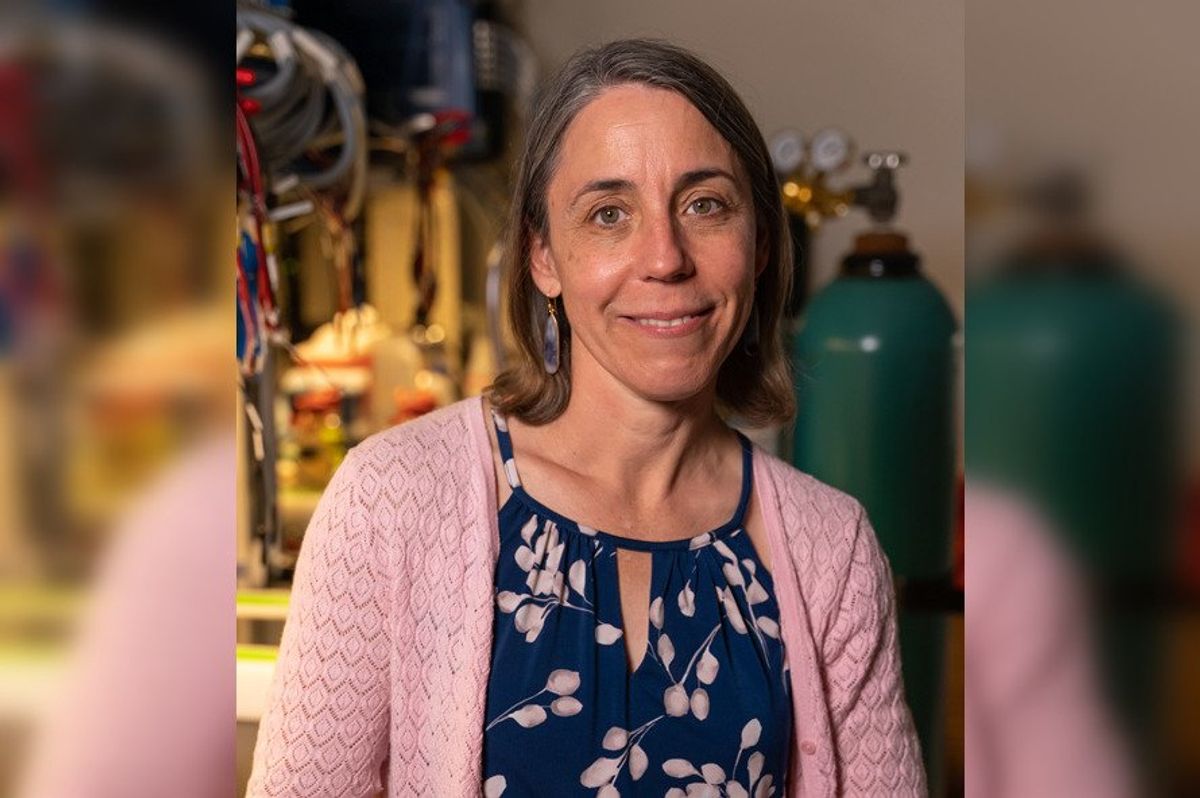Rice University announced this month that it has officially launched the new Rice Synthetic Biology Institute.
The institute aims to strengthen the synthetic biology community across disciplines at the university, according to an announcement from Rice. It is part of an $82 million investment the university put toward synthetic biology, neuroengineering, and physical biology in 2018.
RSBI will be led by Caroline Ajo-Franklin, professor of biosciences, bioengineering, and chemical and biomolecular engineering, with support from a faculty steering committee.

“At Rice, we have such deep expertise in synthetic biology,” Ajo-Franklin said in the announcement. “Connecting that deep expertise through this institute will lead to better science and more innovation.”
Synthetic biology is a discipline in which "researchers design living systems with new properties to address societal needs," according to Rice, with applications in medicine, manufacturing and environmental sustainability.
The university says that there are currently 18 faculty and more than 100 students and postdoctoral scholars at Rice working in this field within the schools of engineering and natural sciences.
The institute will initially focus on four research themes:
- Controlling the biological synthesis and patterning of proteins and cells into living materials that self-replicate and self-repair across a range of length scales
- Understanding cells as natural sensors and repurposing them into living therapeutics to detect and treat diseases, maintain health and prevent infections
- Developing living electronics to convert biochemical information into information-dense electronic signals in real-time at the cell-material interface
- Supporting cross-cutting scholarship aimed at accelerating the Design-Build-Test-Learn cycle and understanding the ethical, legal and social implications of translating these technologies into the public domain.
“Rice University is an amazing place to learn, teach, research and innovate,” Ramamoorthy Ramesh, executive vice president for research, added. “The Rice Synthetic Biology Institute will ensure that our researchers are recognized on the international stage for the life-changing work they are doing in Houston and around the world.”
Last year, Rice also launched the new Center for Human Performance with Houston Methodist inside Rice’s Tudor Fieldhouse. The interdisciplinary space aims to advance the study of exercise physiology, injury prevention, and rehabilitation while serving Rice student-athletes.
The university also unveiled another massive, collaborative space this academic year: The 250,000-square-foot Ralph S. O’Connor Building for Engineering and Science. Click here to read more about the state-of-the-art building.
- Rice University announces leader of new materials and nanotechnology institute ›
- Rice University kicks off new program for student startup founders ›
- Rice University scores No. 6 rank among best colleges in the U.S. and No. 1 in Texas ›
- Rice University student startup competition names 2020 winners and awards over $1.2M in prizes ›
- Rice researchers make major breakthrough for smart cell - InnovationMap ›
